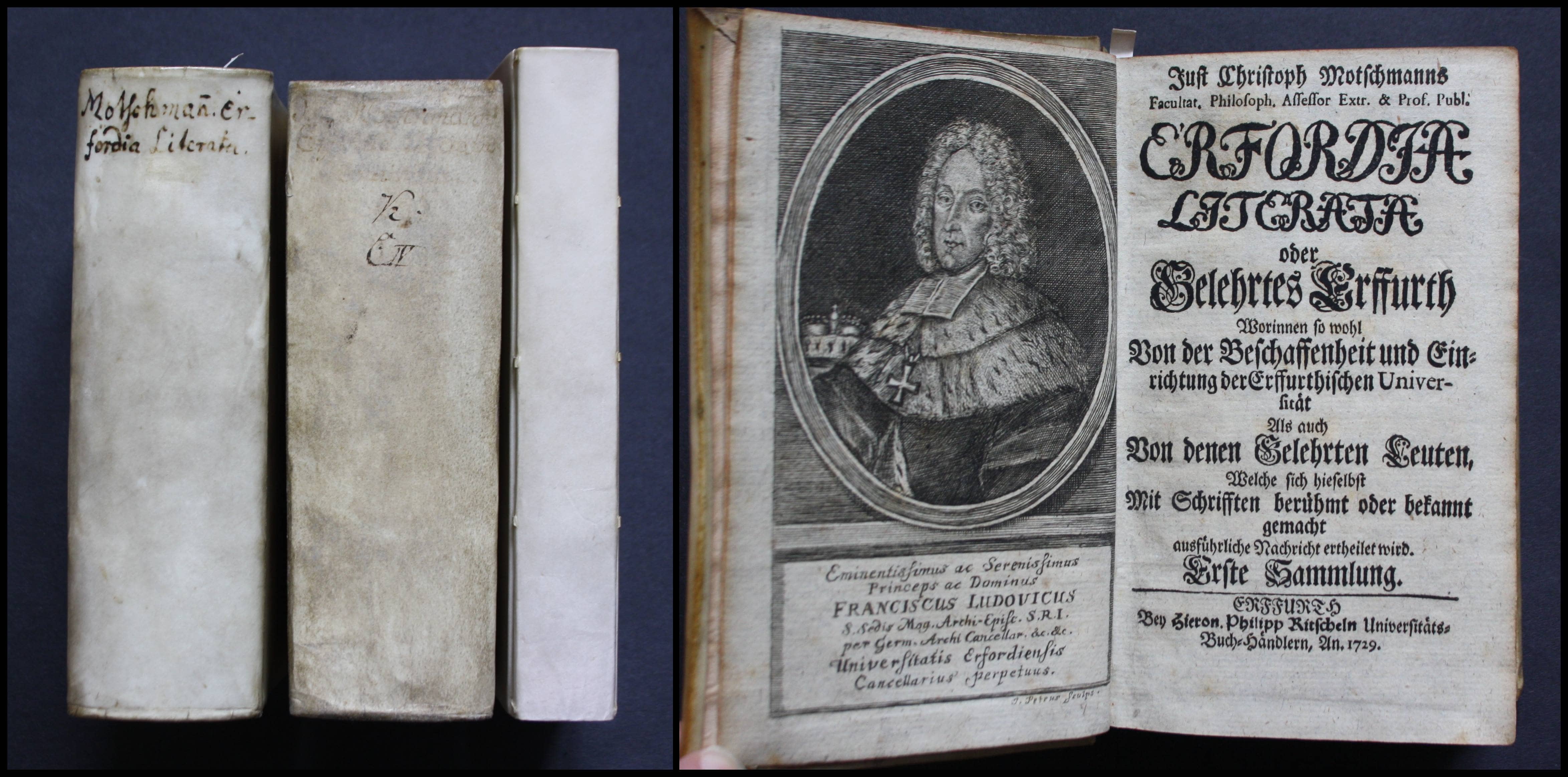James Lloyd (1810-1896) – Algues de l’Ouest de la France. 1847-1894.
Very rare collection of exsiccatae with over 800 algae by English-born French botanist James Lloyd (1810-1896). This is the personal collection of the botanist, with the specimens compiled for his own use, labelled, signed, and dated by himself, partly by hand. James Lloyd is particularly known for his botanical work on the flora of the west coast of France – „Flore de la Loire-Inferieure“ (1844) – and for having published an „alguier“ (a herbarium of algae) entitled „Algues de l’Ouest de la France“, issued in only 25 copies.
Born in London, James Lloyd relocated to France at the age of 6, settling in Thouaré near Nantes, where his mother remarried. His botanical pursuits led him to amass a significant herbarium from 1838 to 1895, a period during which he engaged in correspondence with notable botanists of his time, including François Crépin (1830–1903). Lloyd’s botanical contributions manifested notably in the publication of local floras in the western part of France – as is the case with the present alguier. In 1844, leveraging his herbaria and contributions from fellow botany enthusiasts, he published the „Flore de la Loire-Inférieure“ followed by the expansion to western France with the „Flore de l’Ouest de la France“ in 1854.
His passion later extended to algae, evident in his extensive library housing publications by European specialists between 1818 and 1850. Likely influenced by his stepfather, M. Ranson, Lloyd embarked on algae collection expeditions, contributing significantly to the exsiccata, „Algues de l’Ouest de la France“ initiated in 1847. Our collection proves that the collection of specimens for this project of his was initiated even earlier than that.
The reach of his famous alguier was not ideal, since Lloyd consistently refused to be part of any botanical societies, as it was customary for other French botanists of his time. This also means that it is difficult to say with absolute certainty how many copies of his alguier have been in circulation, but the common assumption is that there were 25 – there is evidence of a 25th edition being in the works around the time of Lloyd’s death. „Algues de l’ouest de la France“ contains a number of 480 plates with algae species, distributed and published between June 1847 and March 1894. Specimens are preserved in institutions like Harvard, Oxford, Paris, Autun, Nancy, and Montpellier, facilitating broader access to botanical specimens amassed by amateurs. Lloyd’s friendship with French botanist and pharmacist Alexandre Boreau (1803-1875) prompted him to leave his library and herbarium to the Museum in Angers after his death.
Lloyd’s exsiccata, comprising 24 volumes, was meticulously compiled through subscription-based financing, with Lloyd collecting over 80% of the specimens himself. The collection, featuring specimens at various developmental stages, aimed for uniformity and diversity while safeguarding rare species through strategic collection methods. Among the collectors mobilized by James Lloyd were Gustave Thuret, an algae specialist, French botanist Edouard Bornet, as well as amateur collectors and friends. At the time, Lloyd’s collection of algae was the largest in France.
The present collection is formed of over 330 different species of algae, from 57 families, with a total of around 850 specimens. They are organized by genus, with several specimens and their respective subspecies. They are accompanied by a label indicating their Latin scientific names, as well as where the specimen is to be encountered, sometimes with the year it was harvested, too. The ones where the printed labels are missing are more often than not accompanied by handwritten notes made by Lloyd who wrote down the name of the plant and the place and year it was harvested in. Each genus is contained within a large folded piece of paper, with the genus indicated in Lloyd’s handwriting on each of these folded papers. Out of the known species belonging to „Algues de l’Ouest de France“, the collection includes the numbers from 1 to 280, with a few exceptions. The missing numbers are: 88, 89, 92, 112, 115, 122, 133, 204, 208, 209, 219, 222, 223, 224, 233, 241-246, 257-259, 268, 275. The present collection also comprises a little over 100 species and subspecies which are not included in the collection of the Museum of Angers (most likely the broadest documented preserved collection of Lloyd’s alguier) and also not amongst the 480 known plates of the „Algues de l’Ouest de la France“. Our collection also includes two unused, uncut, printed labels for 7 out of the 480 plates, which further indicate the present alguier as Lloyd’s own copy.
The families of algae included in Lloyd’s alguier are: Alariaceae, Nostocaceae, Phaeophilaceae, Asperococcaceae, Bangiaceae, Batrachospermaceae, Bonnemaisoniaceae, Bryopsidaceae, Bulbochaetaceae, Callithamniaceae, Calothrichaceae, Ceramiaceae, Chaetophoraceae, Chondriaceae, Chordariaceae, Rhodomelaceae, Cladophoraceae, Codiaceae, Confervaceae, Corynephoraceae, Cutleriaceae, Cystoseiraceae, Dasyaceae, Delesseriaceae, Desmarestiaceae, Diatomaceae, Dictyotaceae, Draparnaldiaceae, Ectocarpaceae, Elachistaceae, Enteromorphaceae, Fucaceae, Furcellariaceae, Gelidiaceae, Gigartinaceae, Gracilariaceae, Halymeniaceae, Himanthaliaceae, Hutchinsiaceae, Hydrodictyaceae, Hypnaeaceae, Janiaceae, Laminariaceae, Laurenciaceae, Leathesiaceae, Lemaneaceae, Lomentariaceae, Lyngbyaceae, Mesogloiaceae, Mougeotiaceae, Myriocladiaceae, Nostocaceae, Oscillatoriaceae, Padinaceae, Penicellaceae, Petalonemaceae, Plocamiaceae, Polysiphoniaceae, Porphyraceae, Ptilotaceae, Punctariaceae, Rhodomelaceae, Rhodomeniaceae, Rivulariaceae, Rytiphlaeaceae, Sargassaceae, Solieriaceae, Sphacelariaceae, Sphaerococcaceae, Sporochnaceae, Spyridiaceae, Stilophoraceae, Striariaceae, Tyndarideaceae, Ulvaceae, Vaucheriaceae, Zygnemataceae
Upon request, we can provide a detailed list of all the specimens included in this collection, organized eitger by genus and species, or plate number.
Literature: Rouillard, Thomas; Bazan, Samatha; Coueffe, Louise – „L’exsiccata des Algues de l’Ouest de la France du botaniste nantais James Lloyd“. Juni 2020. ; Couëffé, Louise – „Collecter des plantes par dizaines. La réalisation des exsiccatas dans l’Ouest de la France dans la deuxième moitié du XIXe siècle“, in Circé. Histoire, Savoirs, Sociétés.
EUR 9.500,-














































































